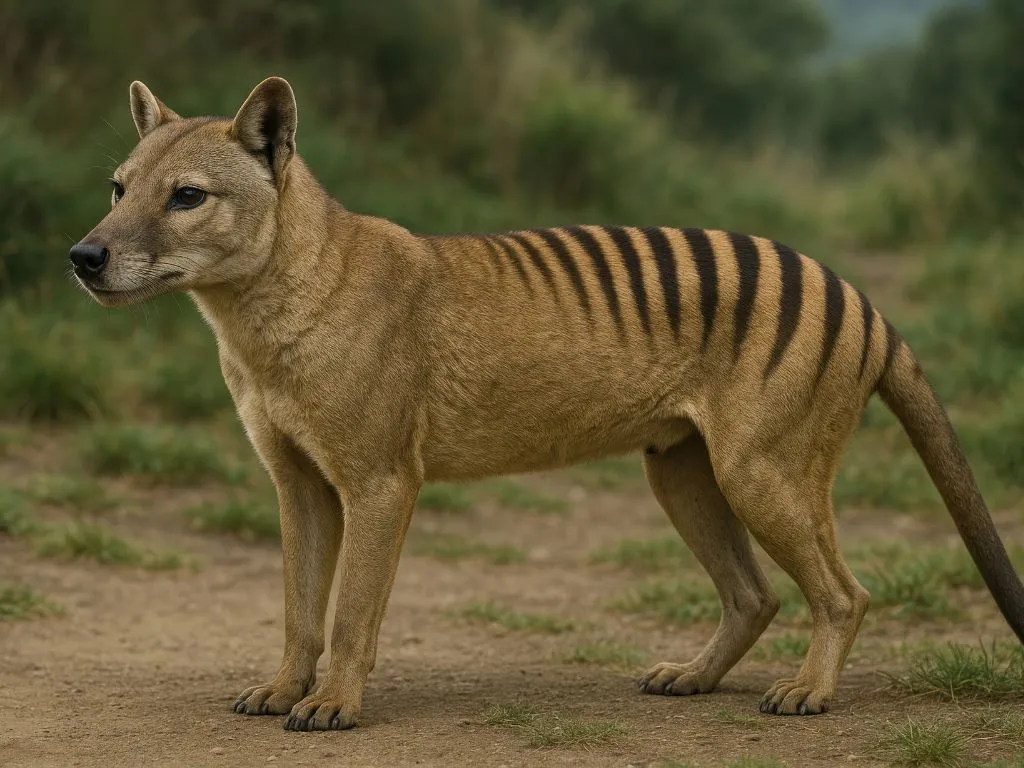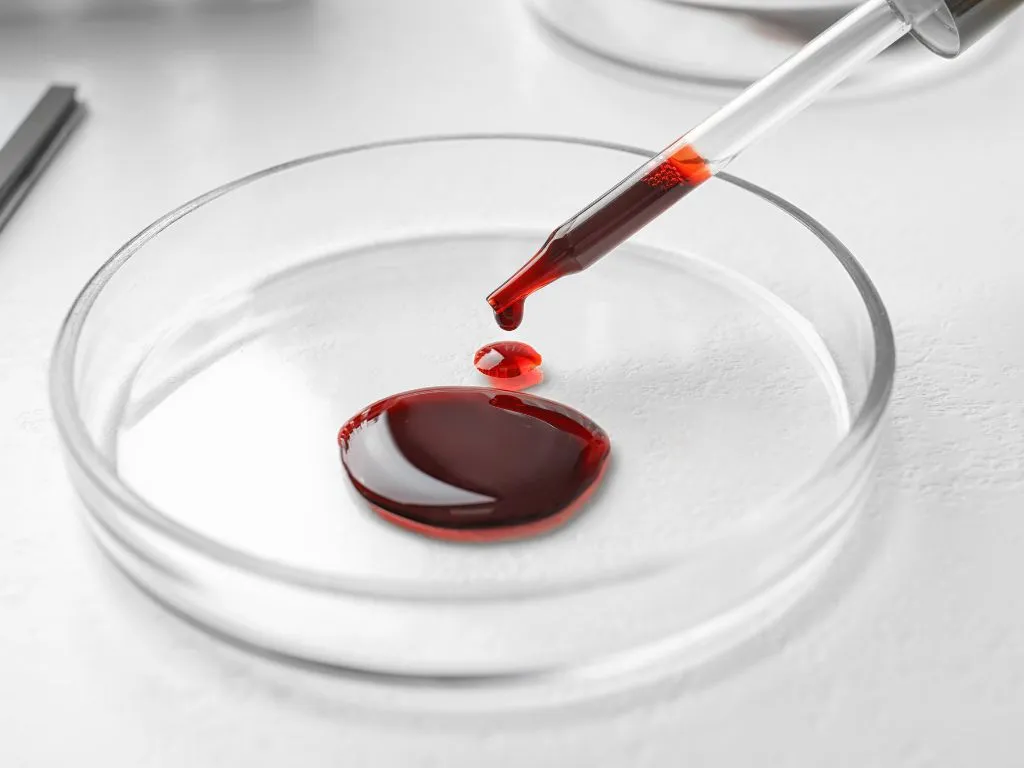When we think of science fiction, we imagine worlds from movies and books, and events like dinosaur cloning or injections that wipe out diseases. But until recently was reserved for cinema halls, today happens in real laboratories. The life sciences industry is undergoing a revolution. Thanks to advances in genetics, biotechnology and artificial intelligence, we are witnessing discoveries that are not only changing medicine but also reshaping our understanding of life.
Thanks to companies like Wastleless, faster progress in science is possible due to easier access to laboratory resources. Below are seven examples of life science discoveries that sound like they came out of a sci-fi movie but are real and are already changing the world.

1. Return of extinct animal species
Biotech companies are trying to “bring back” the Tasmanian tiger, an animal species that became extinct in 1936. With the help of genetic engineering and artificial wombs, they plan to create a new generation of these animals. The DNA taken from the fossil remains of the last specimen of this extinct animal species has been compared to the closest living relative of the Tazmanian tiger, which is the small marsupial mousetrap. Misharu’s DNA is altered, and the embryo is adapted to create a Tasmansi tiger in an artificial womb.
2. A drug that clears HIV for half a year
The fight against HIV has been going on for more than 40 years. Although the virus is no longer considered a death sentence thanks to antiretroviral therapies, people living with HIV still need to take medication daily. It was the recent news that resounded like a real revolution, scientists have developed an injection that protects against HIV for a full six months.
It is the drug lenacapavir. Instead of taking pills every day, it is enough to receive an injection twice a year. Clinical trials have shown almost 100 percent effectiveness in preventing infection, which means that the risk of infection has practically disappeared in people who received the drug.
3. Mapping the Fruit Fly Brain
The human brain is considered the most complex system in the known universe. But it is precisely because of this complexity that scientists often start with “smaller” models to understand the basic principles. One such model is the fruit fly, an insect that has been used in biology for decades due to its simple genetics and short life cycle. In 2024, scientists achieved historic success, as they mapped the entire brain of a fruit fly, which means that for the first time they have fully recorded all its nerve cells and their connections to each other. The result is the so-called Connectome, that is, a complete “map” of the brain. Although small, this connectome helps to understand how thoughts, memories and behaviors are formed, and this knowledge can lead to new therapies for Alzheimer’s and other diseases.
4. AI that understands the language of life
When we say that artificial intelligence “understands the language of life”, it sounds like an exaggeration. But that’s exactly what happened with the development of AlphaFold, an AI system that accurately predicted the structures of proteins, or the building blocks of life, for the first time in 2020. In 2024, a new generation (AlphaFold 3) arrived, which is even more impressive. DeepMind’s AlphaFold 3 uses artificial intelligence to predict the structure and interactions of proteins, DNA, and RNA. Scientists compare it to Google Maps for biology because it opens the door to the development of new drugs and therapies.
Because of this discovery, the team that developed AlphaFold was awarded the Nobel Prize in Chemistry in 2024. This is the first time that AI has been awarded the most prestigious scientific award, which is proof of how transformative its contribution is.

5. Genetic switch that extinguishes cancer
Cancer has been treated with chemotherapy, radiation, and surgery for decades. Although these treatments save lives, they often destroy healthy cells as well, causing serious side effects. That is why scientists around the world are looking for a way to treat cancer precisely, without destroying everything around it. The recent news from South Korea has made many happy, namely, researchers have discovered a genetic switch in cancer cells. When it is “turned off” or redirected, the cancer cell can return to a normal, healthy state – instead of growing and spreading uncontrollably.
6. Atlas of all human cells
It is a global initiative involving hundreds of laboratories around the world. Their goal is to map every cell of the human body, and there are more than 37 trillion of them. Each cell carries its DNA, its identity and its role in the body. This global project, when completed, will provide us with a detailed “Google Earth of the human organism”, which could change medicine fundamentally.
7. Diagnostics from a single drop of blood
Imagine that instead of expensive and time-consuming tests, the doctor takes just one drop of blood and knows in a few hours if you have early signs of Alzheimer’s disease, cancer or another serious disorder. Blood tests become so accurate that they can detect early signs of Alzheimer’s or cancer. Soon, complex diagnoses could be made with rapid home tests.
Also Read
Such tests not only save lives but also save enormous resources of the health system. Fewer hospitalizations, fewer expensive procedures, less burden on laboratories. At the same time, science itself is becoming more sustainable, as more initiatives reduce medical and laboratory waste. An example is the Wasteless.bio platform, which allows the reuse and recycling of laboratory equipment. Thus, innovations go hand in hand with saving the world and reducing the human footprint on planet Earth.




